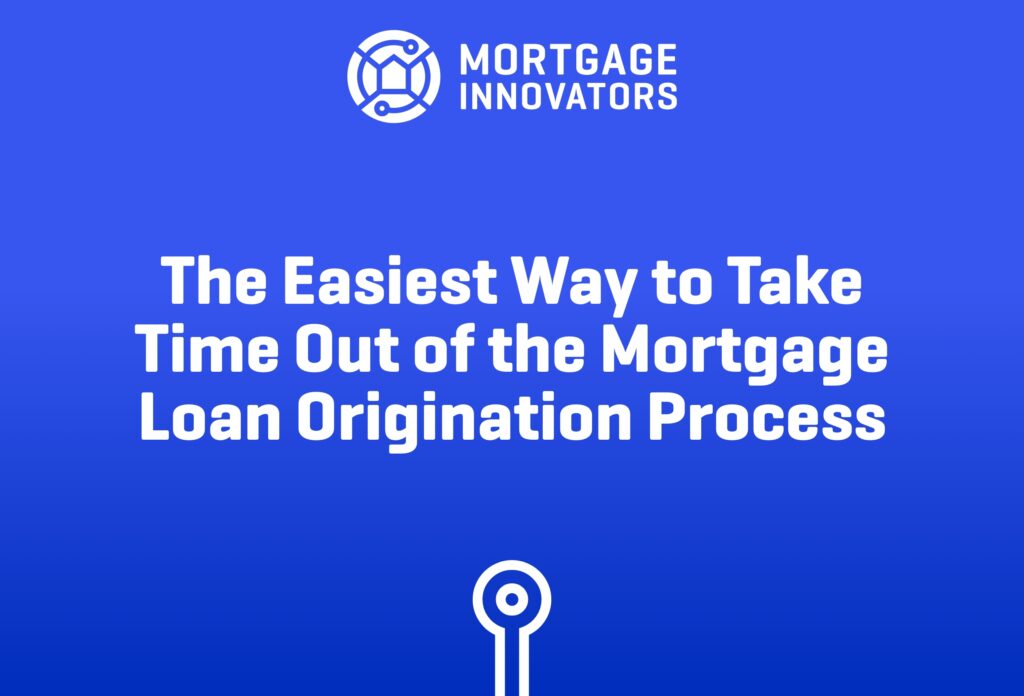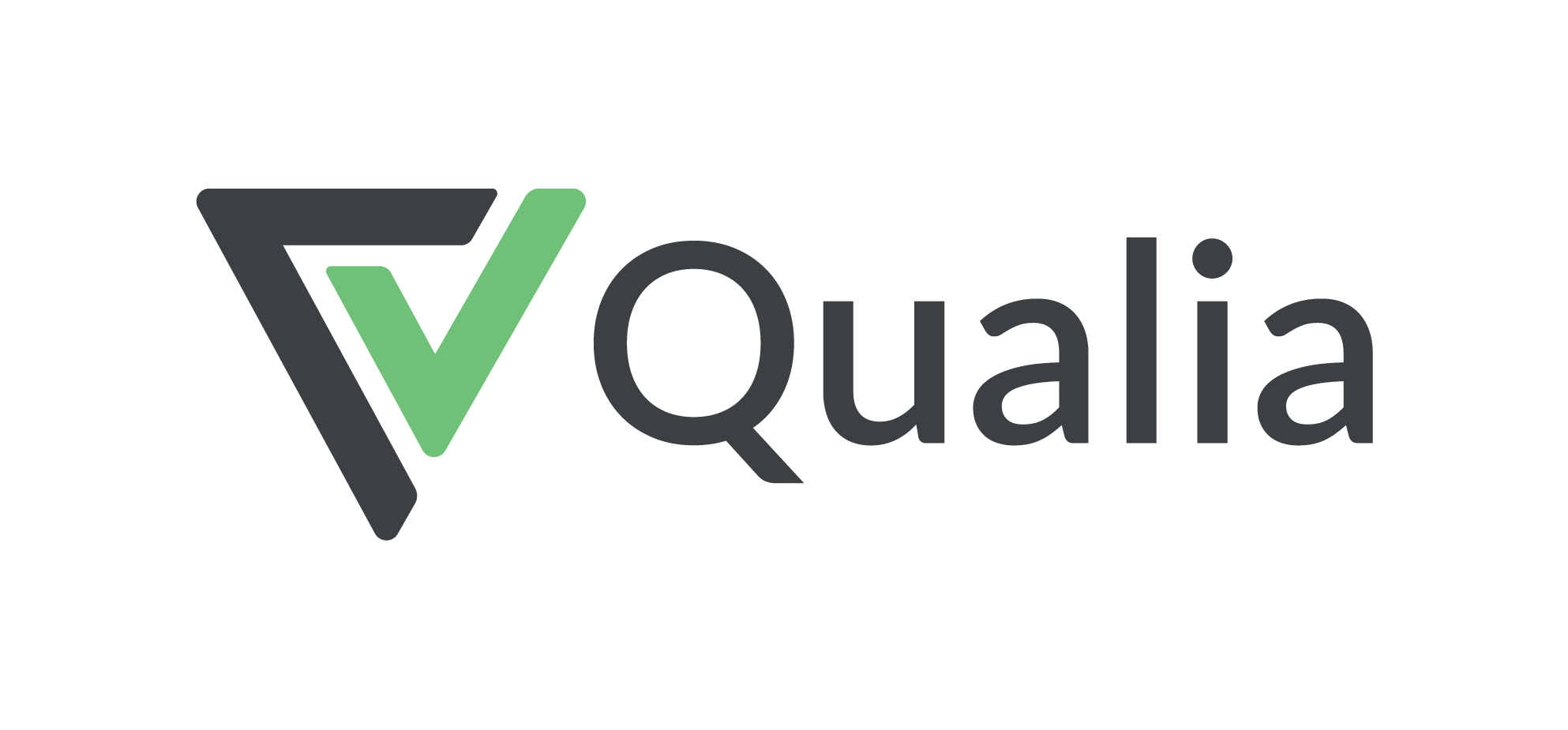In order to offer digital closings, lenders and settlement companies need to prepare the closing documents for eSigning and eNotarization.
For hybrid closings, the documents that are eligible to be eSigned have to be identified and separated from the documents that should be wet signed. For both hybrids and eClosings, documents need to be tagged or annotated with fields where eSignatures and eNotarizations should be placed.
There are a few ways to accomplish this body of work. Each method requires a different amount of effort from your team. To ensure you don’t end up burdening your internal teams and external partners with a lot of additional work, you need to understand each method and choose an eClosing platform that supports your preferred way of preparing documents for digital closings.
Let’s break down each of these methods and their pros and cons.
Manual sorting and tagging
Having people manually identify the documents that are eligible for eSigning and tag them is the least efficient way of preparing documents. Imagine looking through hundreds of pages. For every place in the closing package where a signature or notarization is needed, you’ll drag and drop an eSignature or eNotarization field onto the page. This is not only slow and tedious, but it’s also easy for anyone to make a mistake and miss tagging a line that should be eSigned.
Once documents have been manually sorted and tagged, they’re double checked to make sure the sorting and tagging was accurate. Having to QC the documents doubles the amount of work that your team needs to do.
Manual sorting and tagging introduces the most amount of work into your closing process. Depending on how many closings you process each month, one or more employees will need to sort and tag documents. It’s incredibly costly and time-consuming, which prevents you from easily and quickly scaling digital closings.
For these reasons, manual sorting and tagging should be a last resort.
eSign templates
Some digital closing providers have templates that lenders or settlement companies can set up. Templates are a step up from manually sorting and tagging documents, since they’re semi-automated.
Lenders or settlement companies can create templates for different types of closing documents. Creating a template typically requires manually dragging and dropping the eSignature fields onto the template or providing X-Y coordinates where the fields should go. These templates are then applied to your closing package.
While your team is no longer doing everything manually, templates still create a considerable amount of work for you. Sheri Nedley, SVP of Loan Operations at The Mortgage Firm, described The Mortgage Firm’s experience with templates:
I’d have to build out a template for at least six types of packages for every state. It was ridiculously cumbersome.
In addition to creating all of these templates, The Mortgage Firm had to manually transfer documents from their LOS to the digital closing technology. Once the templates were applied, there was still the work of double checking the documents. This process required two employees to manage. Ultimately, using templates was too time-consuming for The Mortgage Firm and they decided to look for a completely automated solution.
Although templates offer some automation, they create more work and can disrupt your current workflow. This negates the value they add, and most lenders and settlement companies consider them to be more trouble than they’re worth.










